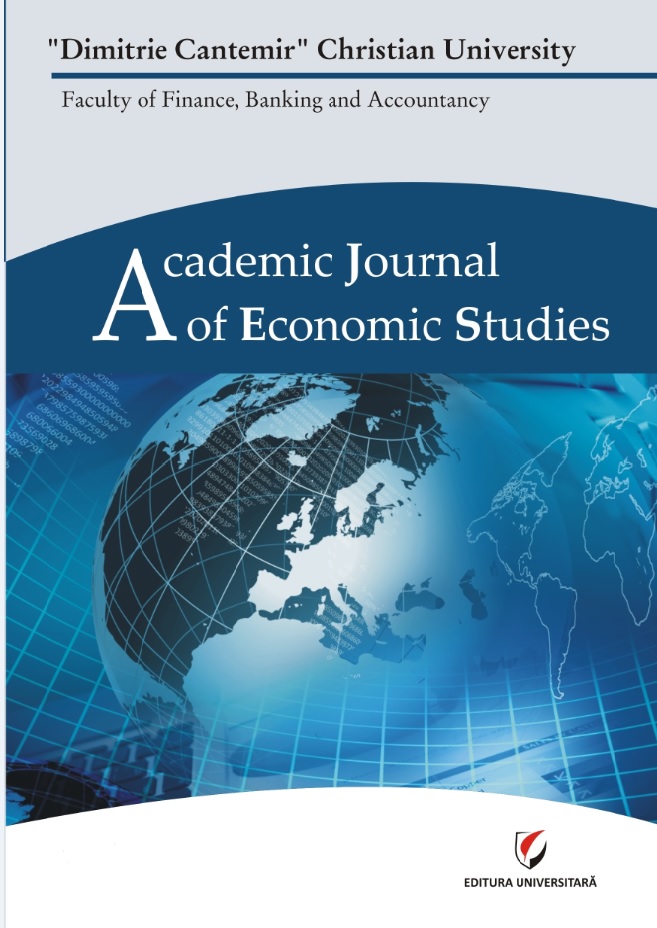Labor productivity of Ethiopian large and Medium Scale Manufacturing Sector
Labor productivity of Ethiopian large and Medium Scale Manufacturing Sector
Author(s): Yismaw Ayelign, Lakhwinder SinghSubject(s): National Economy, Socio-Economic Research
Published by: Editura Universitară & ADI Publication
Keywords: Labor productivity; productivity growth; manufacturing; value added per worker
Summary/Abstract: Labor productivity growth is directly linked with living standard improvements of an economy. The objective of this paper is to examine the labor productivity growth and determining factors of large and medium manufacturing establishments in Ethiopia using a panel data set over the period 1996-2015 obtained central statistical agency annual survey. Using a model specification test (Hausman), fixed effects estimator is chosen and for the sake of addressing heteroscedasticity as well as serial correlation, variance covariance robust standard error estimation. Based on real value added, the mean labor productivity over the 20 year period is 1,565.33 having a large variability (standard error is 7875.26) showing the existence of high degree of heterogeneity among manufacturing firms whereas labor productivity at real gross sales value is 3,139.48 with standard deviation of about 9531. Labor productivity showed marginally growing trend in both gross output and value added terms. By value added measure, it lies below capital intensity. Among the determining factors of capital intensity, wage per worker, time dummy (2004-2010), firm age and size are statistically significant at 1%. The time dummy (2011-2015) is significant at 10%. Participation in the global market either by importing raw materials or exporting output doesn’t significantly influence labor productivity. As capital intensity increases by 1%, labor productivity increases by 0.165% implying the complementary nature of capital and labor rather than being substitution. When average wage expenditure increases by 1%, labor productivity increases by 0.42%. The labor productivity in period II (2004-2010) is greater than period I (1996-2003) by 8.29% and period III (2011-2015) is greater by 34.94%. As firm age increases by 1 year, labor productivity increases by 0.6% and large firms are less productive than medium firms by 30.88%. Hence, in order to raise labor productivity at value added, firms should spend more on average wage which potentially attracts with more qualified labor and government should give more emphasis on the manufacturing sector as the result during the growth and transformation plan period is much higher than the other two periods. Rather than focusing on large firms which are expected to be more capital intensive more attention should be attracted to medium sized firms.
Journal: Academic Journal of Economic Studies
- Issue Year: 5/2019
- Issue No: 3
- Page Range: 64-70
- Page Count: 7
- Language: English

